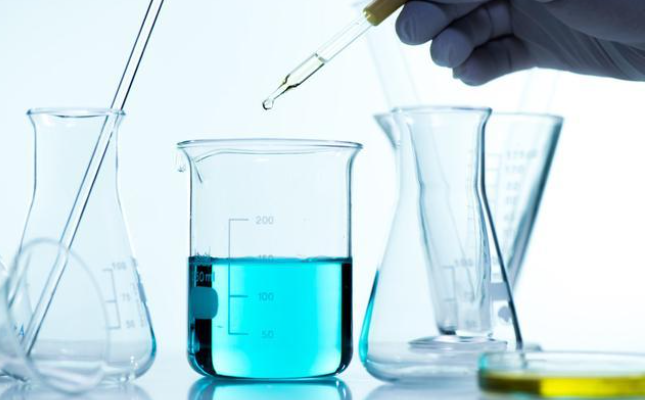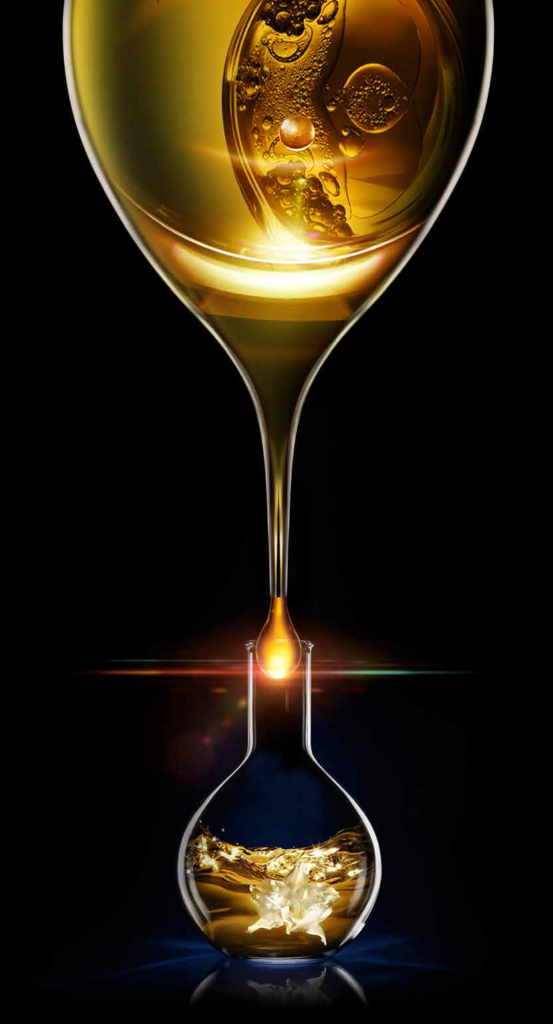The selection of dispersants should be based on the characteristics of the pigments to be dispersed and the performance requirements of the coating. Dispersants have a great influence on the particle size distribution, tinting strength, stability, gloss and defects of pigments. The dispersing ability of dispersants is mainly evaluated from the following aspects: viscosity reduction and viscosity stability, particle size distribution of pigment slurry, Tinting strength, color development, hue, covering rate, flocculation, gloss, surface defects, bubbling effects, compatibility with resins and additives, storage stability, etc.
Read More










